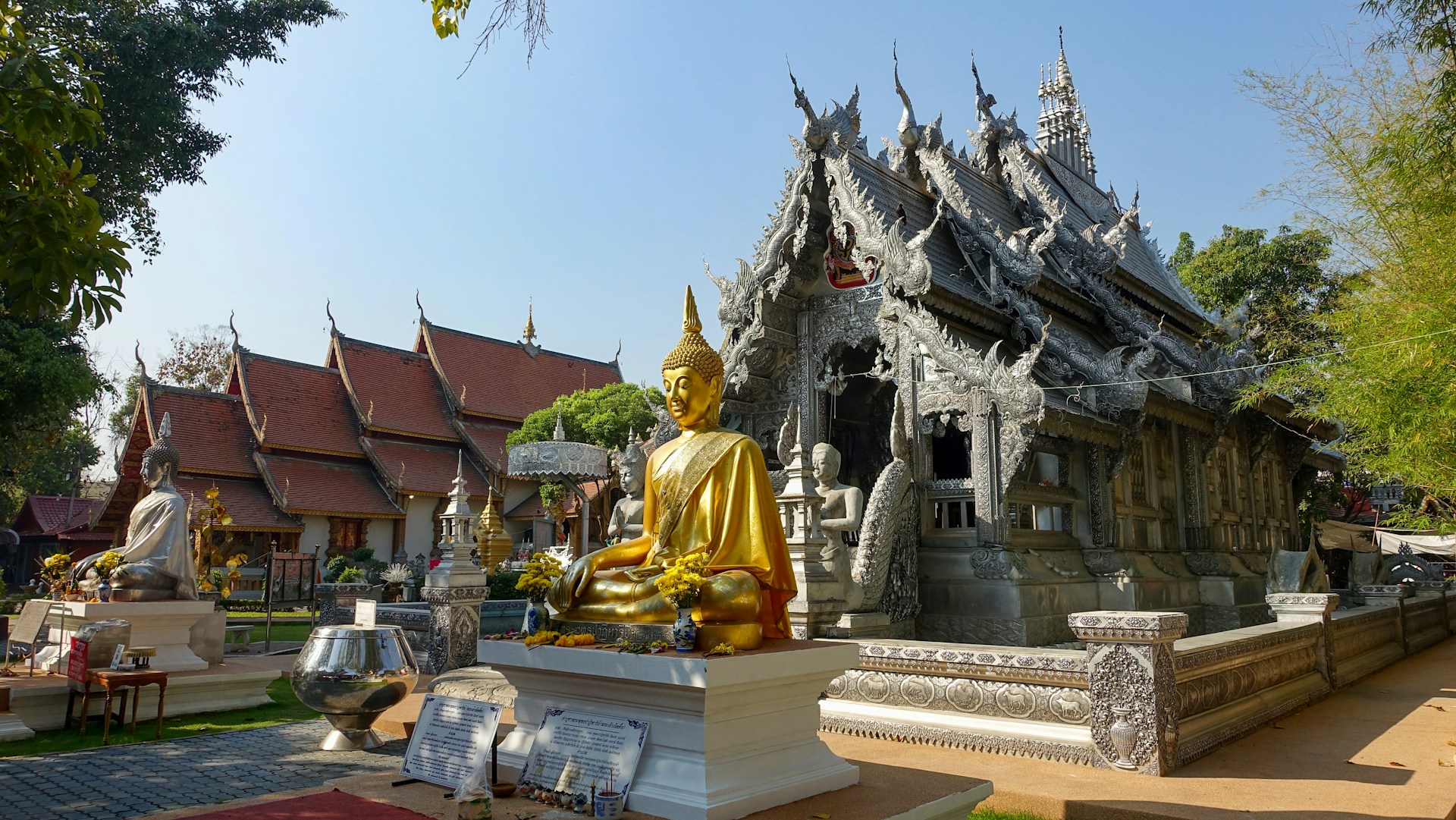Exploring the ancient temples of Angkor is a dream for many travelers. Nestled in the heart of Cambodia, these magnificent structures are an architectural marvel and a testament to the grandeur of the Khmer Empire. As you traverse through the iconic Angkor Wat to the intricate Banteay Srei, a journey through Angkor is a step back in time. This guide aims to provide you with detailed itineraries and recommendations to help you make the most of your trip. From organizing your stay in Siem Reap to exploring the temples by tuk-tuk, bicycle, or on foot, we’ve got you covered.
Plan Your Stay in Siem Reap
Choosing Accommodation
Siem Reap is the gateway to the temples of Angkor. It’s crucial to choose accommodation that suits your preferences and budget. From luxury resorts to budget hostels, there are myriad options. Staying in the city center gives you easy access to restaurants, markets, and transportation options.
Cela peut vous intéresser : Les villages des dolomites : oasis de beauté à explorer
Getting Around Siem Reap
To explore the temples, you have several transportation options. Tuk-tuks are the most popular choice due to their convenience and affordability. Hiring a tuk-tuk driver for the day allows you to cover more ground and receive insights from a local guide. Alternatively, renting a bike is a great way to experience the temples at your own pace. For the more adventurous, guided cycling tours are available.
Essentials for Your Trip
Before heading out, ensure you have comfortable clothing, plenty of water, and sunscreen. The Cambodian sun can be unforgiving, and staying hydrated is crucial. Don’t forget your camera or smartphone to capture the breathtaking views.
Sujet a lire : Comment organiser une expédition en kayak autour des îles Lofoten, Norvège : itinéraires et conseils pratiques ?
Exploring the Main Temples of Angkor
Angkor Wat: The Crown Jewel
No trip to Angkor is complete without visiting Angkor Wat. This iconic temple is best visited during the early morning to witness the sunrise. The reflection of the temple in the moat as the sun rises behind it is a sight to behold. Allocate at least half a day to explore the intricate carvings and vast grounds.
Angkor Thom and Bayon Temple
A short distance from Angkor Wat is Angkor Thom, the last capital of the Khmer Empire. The city is enclosed by walls and moats, with the stunning Bayon Temple at its heart. Bayon is renowned for its multitude of stone faces and detailed bas-reliefs. Spend a few hours here to truly appreciate its grandeur.
Ta Prohm: The Jungle Temple
Ta Prohm, also known as the Tomb Raider Temple, is famous for the massive trees growing out of its ruins. The interplay between nature and architecture provides a unique atmosphere, making it a favorite among visitors. It’s best visited early in the morning or late afternoon to avoid crowds.
Off the Beaten Path: Lesser-Known Temples
Banteay Srei: The Lady Temple
Located about 30 kilometers from Siem Reap, Banteay Srei is a beautifully preserved temple known for its intricate carvings. Often called the “Jewel of Khmer Art”, this temple is smaller but no less impressive. Hiring a tuk-tuk for a day trip is a convenient way to visit.
Preah Khan: The Temple of the Sacred Sword
Preah Khan is another gem that shouldn’t be missed. Built by King Jayavarman VII, this temple complex is vast and partially unrestored, providing a glimpse into the past. The less crowded site allows for peaceful exploration and photography.
Tonle Sap: Floating Villages
While not a temple, a visit to the Tonle Sap Lake is a fascinating experience. The floating villages and unique ecosystem provide a contrast to the ancient temples. Consider taking a boat tour to see the local way of life and understand the importance of this lake to the region.
Tips for a Memorable Visit
Buying Your Pass
To enter the temples, you need to purchase an Angkor Pass. Passes are available for one, three, or seven days. The three-day pass is a popular choice, allowing ample time to explore the main temples without feeling rushed. Purchase your pass at the official ticketing center near Siem Reap.
Best Time to Visit
The best time to visit Angkor is during the dry season, from November to March. The weather is cooler, making it more comfortable to explore. However, this is also the peak tourist season, so expect larger crowds. For a quieter experience, consider visiting during the shoulder seasons of April-May or September-October.
Sunrise and Sunset Spots
Catching the sunrise at Angkor Wat is a must-do. However, there are other beautiful spots to consider for sunrise and sunset. The Bakheng Hill offers panoramic views and is a popular sunset spot. Arriving early is essential to secure a good vantage point.
Respecting the Temples
While exploring the temples, it’s important to respect the local customs and the site itself. Dress modestly, with shoulders and knees covered. Avoid touching the carvings or climbing on the ruins. Leave nothing but footprints and take nothing but memories.
Exploring the temples of Angkor is an unforgettable experience that offers a deep dive into the rich history and culture of Cambodia. Whether you’re marveling at the sunrise over Angkor Wat, getting lost in the faces of Bayon, or exploring the intricate carvings of Banteay Srei, there is something magical about every corner of this ancient site.
Preparing well for your visit to Angkor makes all the difference. From choosing the right accommodation in Siem Reap to planning your temple routes and respecting local customs, following these recommendations ensures a smooth and enriching experience. Embrace the adventure, immerse yourself in the history, and create memories that will last a lifetime. Bon voyage!
